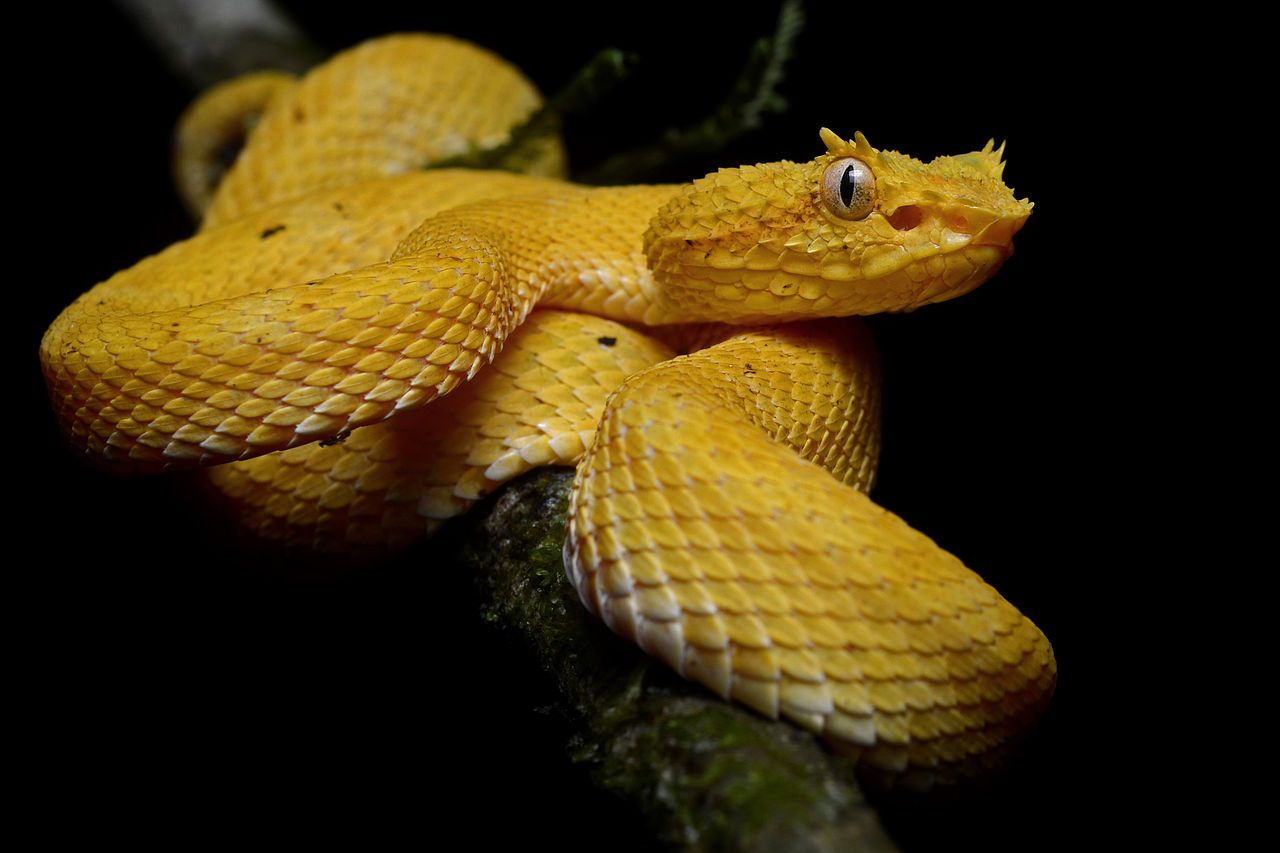
蛇咬高峰期与厄尔尼诺周期
Snake Bites in Costa Rica Peak with El Ni?o Cycling
蛇咬高峰期与厄尔尼诺周期
Researchers found that snakebites were two to three times as prevalent in the hottest and coldest years of the El Ni?o climate cycle. Christopher Intagliata reports
“研究人员发现,在厄尔尼诺周期中最热及最冷的年份里,毒蛇咬伤事件发生的频率是平常的两到三倍。”克里斯托弗·因塔利亚塔报道说。
撰文:克里斯托弗·因塔利亚塔(Christopher Intagliata)
翻译:杨科
审校:张旭阳
Parts of the planet warm and cool during El Ni?o and La Ni?a. And infectious diseases also wax and wane in step with the climate cycle. Take malaria—shown to spike in northern Venezuela during cool, La Ni?a conditions. Or flu pandemics, which often follow months after La Ni?a sets in. Now researchers have linked another public health risk to El Ni?o climate cycling: poisonous viper bites.
在厄尔尼诺与拉尼娜(反厄尔尼诺)现象发生时,全球部分地区会出现温度升高和降低的现象。传染病的爆发亦会随着这些气候周期的更迭而发生变化。比如,在拉尼娜气候条件下,委内瑞拉北部的气温降低伴随着疟疾的发病高峰。而在拉尼娜现象发生若干月后,常常伴随着流感大流行。近日,研究人员又将另一种会危害公共健康安全的现象——毒蛇咬伤与厄尔尼诺的气候周期联系到了一起。
Their study area was Costa Rica—where health centers keep rigorous records on snakebites. They compared nine years of those snakebite records—including some 6,500 bites—to climate data over the same period. And they found that snakebites were two to three times as prevalent in the hottest and coldest years of the El Ni?o climate cycle.
研究区选在在哥斯达黎加,那里的健康中心保留有毒蛇咬伤事件的精确记录。研究人员将9年中的毒蛇咬伤数据(大约6500次)与同期的气候数据进行了比对,发现在厄尔尼诺气候周期中最热和最冷的年份里,毒蛇咬伤事件发生的频率是平常的两到三倍。
Sounds counterintuitive—you might expect the climate extremes to have opposite effects. But the researchers say in hot, dry years, plant productivity peaks, driving an increase in the number of rodents—aka snake food, potentially increasing the number of snakes. And snakes tend to move around more in hot, dry weather—increasing chances they'll encounter—and attack—an unlucky farmer.
这听起来有些违背常理——你可能会认为两种极端气候下应该会出现两种相反的结果。但研究人员表示,在炎热、干燥的年份里,庄稼的丰收促使了啮齿类动物数量的增长,而这些啮齿类动物作为蛇的食物,也同样使蛇类的数量得以增长。当这些蛇类更多地向着气候炎热、干燥的地区移动的时候,也就增加了它们遇到并袭击那些不幸的农夫们的可能。
In cold, wet years, on the other hand, prey numbers plummet—forcing snakes to travel beyond their usual slithering grounds to eat—again increasing chances of an unlucky meeting. The study is in the journal Science Advances.
而在寒冷、潮湿的年份里,蛇类的猎物数量急剧减少,这就迫使他们不得不去惯有领地之外搜寻食物,同样增加了它们袭击人类的可能。这项研究被发表在Science Advances杂志上。
The researchers also found two more variables that correlate strongly with Costa Ricans' odds of being bit: poverty and destitute housing. A reminder that, when it comes to dangers from environmental disruption, it's often the least fortunate who are at the greatest risk.
此外,研究者们还发现了两个与在哥斯达黎加地区被毒蛇咬伤概率密切相关的因素:贫困以及艰苦的住宿条件。这也提醒着我们,当环境的破坏给我们的生活带来灾难的时候,最不幸的那些人往往面临着最大的风险。
未经书面许可任何人不得复制或镜像
京ICP备11000850号-1
 京公网安备11010502039775号
京公网安备11010502039775号 信息网络传播视听节目许可证0111611号
国家科技基础条件平台

















